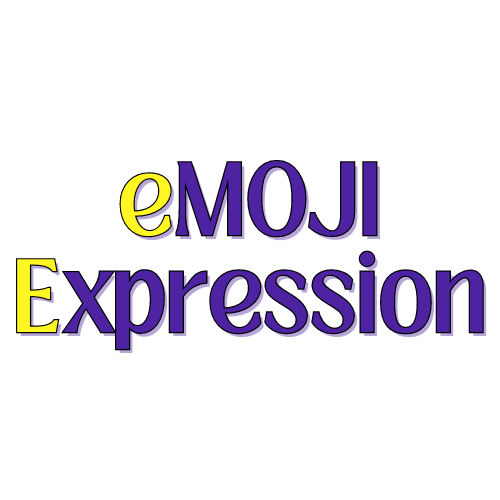Gather around as we explore an old tale and journey through time and culture, exploring the fascinating story behind the iconic "Hear No Evil, See No Evil, Speak No Evil" monkeys, otherwise known as the three wise monkeys. These cheeky primates, more than just emoji darlings, represent a wide but related family of symbolism across diverse societies throughout history. 📜
Buddhist Roots
Our tale begins in the serene world of Buddhism, where the monkeys are said to have originated as disciples of Buddha. Instructed to avoid evil thoughts, words, and actions, they covered the entrance to their senses, symbolizing the pursuit of inner purity through mindfulness and detachment from external stimuli. These "three gates" - eyes, ears, and mouth - represented the avenues through which negativity could enter, reminding us to be vigilant guardians of our own minds. 🙈🙉🙊
Japanese Transformation
Fast forward to 16th-century Japan, where the monkeys underwent a visual metamorphosis. Sculpted as the stone guardians at Shinto shrines, their poses evolved, and their names, Mizaru, Kikazaru, and Iwazaru, came to life. The proverb "Mizaru, Kikazaru, Iwazaru" ("See not, Hear not, Speak not") emphasized the avoidance of negativity to maintain harmony and purity. ⛩️
Global Voyage
The monkeys' journey didn't stop there. As their story traveled to new cultures throughout history, it acquired new meanings and interpretations along the way - as all stories and symbols do—taking on the importance and values of the cultures and people that embrace them or seek to use them as tools. In some cultures, they represent wisdom and the importance of filtering external stimuli to maintain inner peace. 🧘
In others, they serve as a cautionary tale, symbolizing apathy and inaction in the face of injustice. Symbols have the power to bring peace or ignite fear and caution. The very same symbols that can bring comfort to some, or they can strike terror in others. It is always important to understand the context in which people are using them, and to understand your own ideas about a symbol. 💡
Modern Twists
Even in modern times the monkeys continue to spark conversation and debate. Some see them as promoting a passive approach to evil, while others recognize the complexity of their message and see them as conduits of . Street artists like Banksy have reimagined them as satirical figures, critiquing social apathy and political inaction. Musicians, directors, iluustrators, and many other pop culture artists across many genres use them frequently to illustrate their own artistic points of view. 🎭
Hidden Layers
Beneath the surface, the monkeys hold even more secrets. Their names, Mizaru, Kikazaru, and Iwazaru, translate to "see no evil," "hear no evil," and "speak no evil," but, depending on who you are asking of course, they also represent deeper concepts: desire, anger, and ignorance. Mastering these emotions, the parable suggests, is key to achieving inner peace. 🙏
Beyond Borders
The monkeys' journey isn't confined to Buddhism and Japan. In Hinduism, a fourth monkey joins the trio, symbolizing "do no evil" and emphasizing ethical conduct alongside avoiding negativity. African cultures depict them as mischievous tricksters, reminding us that even good intentions can have unintended consequences. 😮
Rich Tapestry of Meaning
The story of the three monkeys is a testament to the power of symbols. They are not static figures, but dynamic shapeshifters, evolving and adapting to different contexts and interpretations. They remind us to be mindful of the information we consume, the words we speak, and the actions we take. The more knowledge you have about the history and context of symbols, the more you can understand people and situations. Context and knowledge give us clues that may help work through misunderstandings, diffuse arguments, and overall increase empathy when we are knowledgeable. Knowledge is truly power. 💯
The Enduring Power of Symbols
The story of "Hear No Evil, See No Evil, Speak No Evil" is multifaceted and evolving. It is yet another reminder that symbols can hold rich layers of meaning and inspire a variety of interpretations depending on context and perspective. 💡
It is always important to take the time to understand what symbols mean to others that are using them before you venture to guess what they are trying to say. Just as well as it is important to take the time and think about what symbols mean to you when you use them, and how they could be interpreted by others. This is a powerful display of empathy. 🧠
Emoji are amazing to use because we can use them quickly and simply to express ideas quickly and with added emphasis. But we should never take our comunications for granted either, because just as our words matter, so do our symbols. 📱
As we navigate our hybrid world (digital + physical) world, filled with emoji and symbols, remember the lessons of the three monkeys. Even seemingly simple emoji can carry a rich tapestry of meaning, waiting to be unraveled and understood - just like people. Use tools with wisdom and responsibility, filtering out negativity and promoting kindness - for a better world.🌐
What do the three monkeys mean to you? Share your thoughts and interpretations in the comments! Keep the conversation flowing!
Additional reading:


